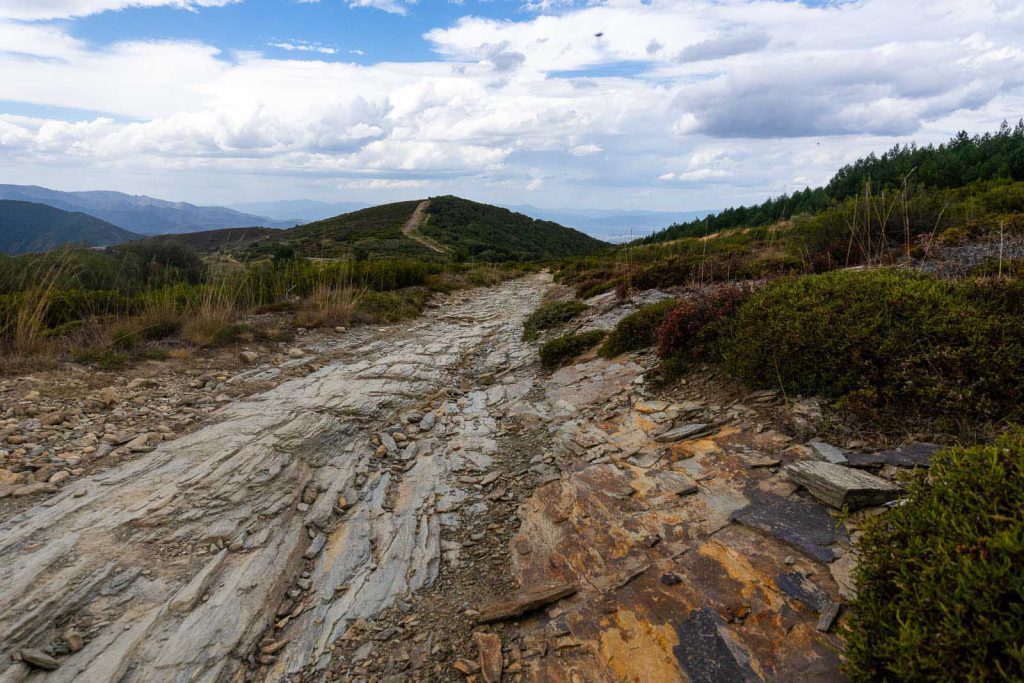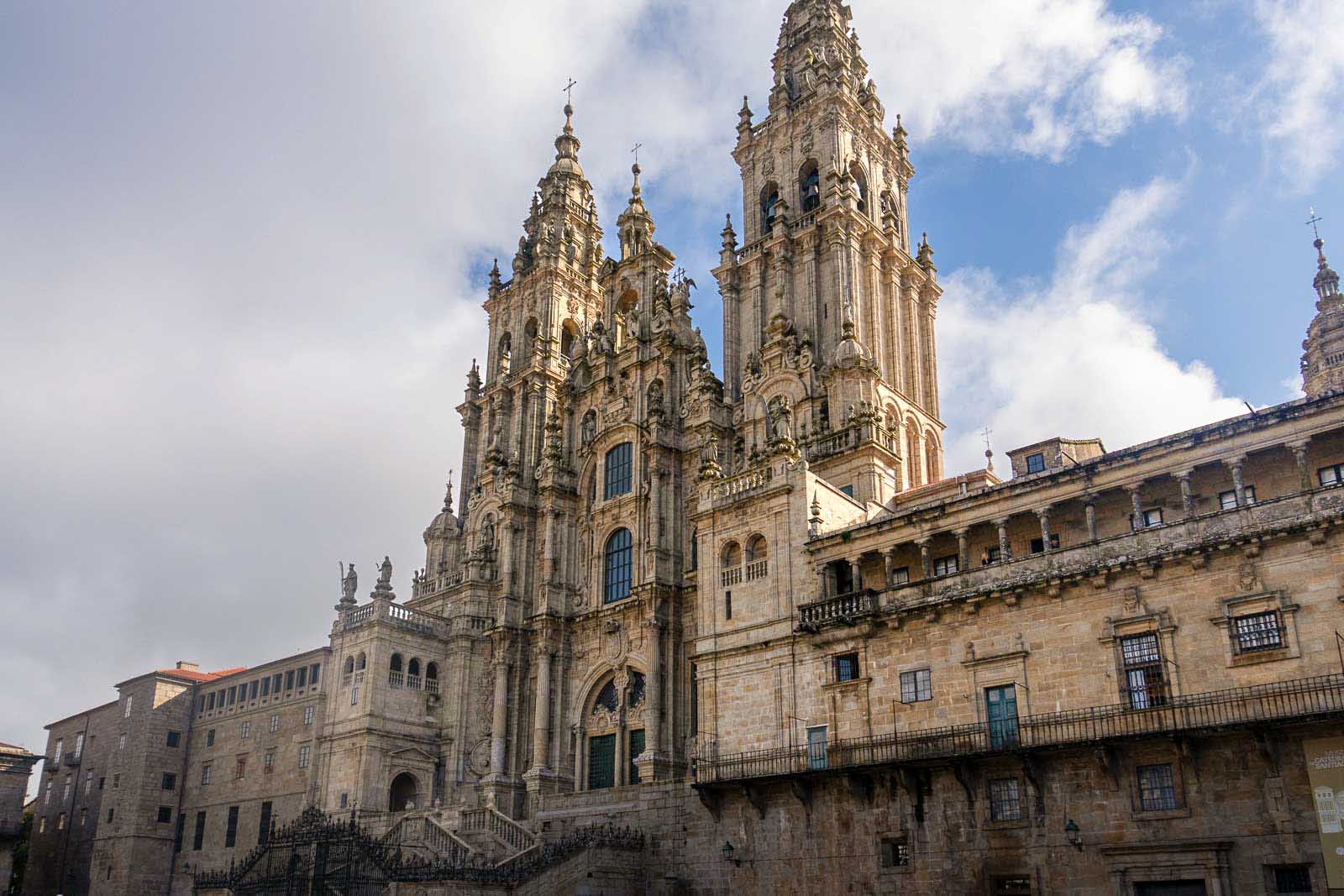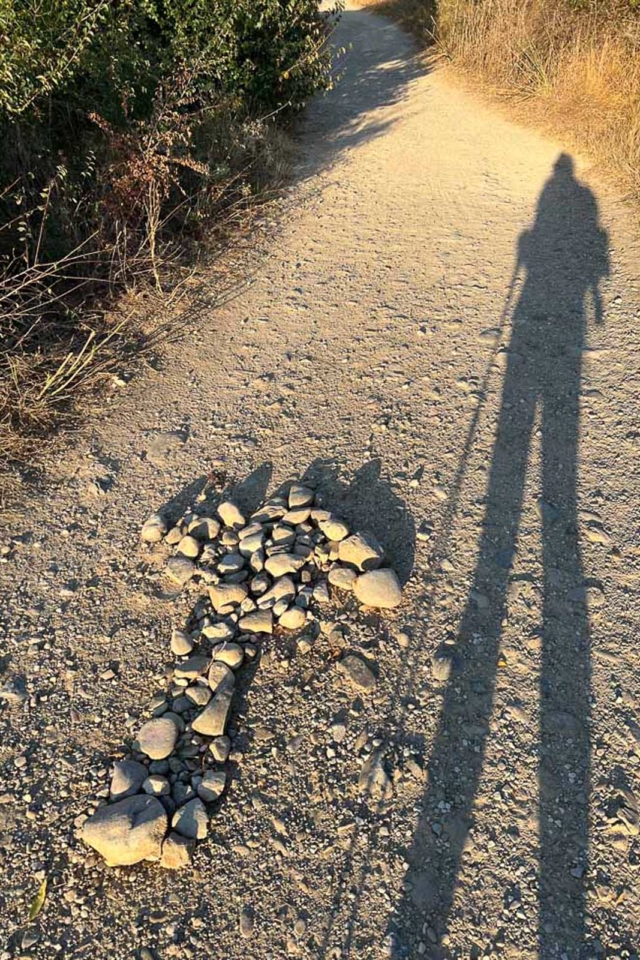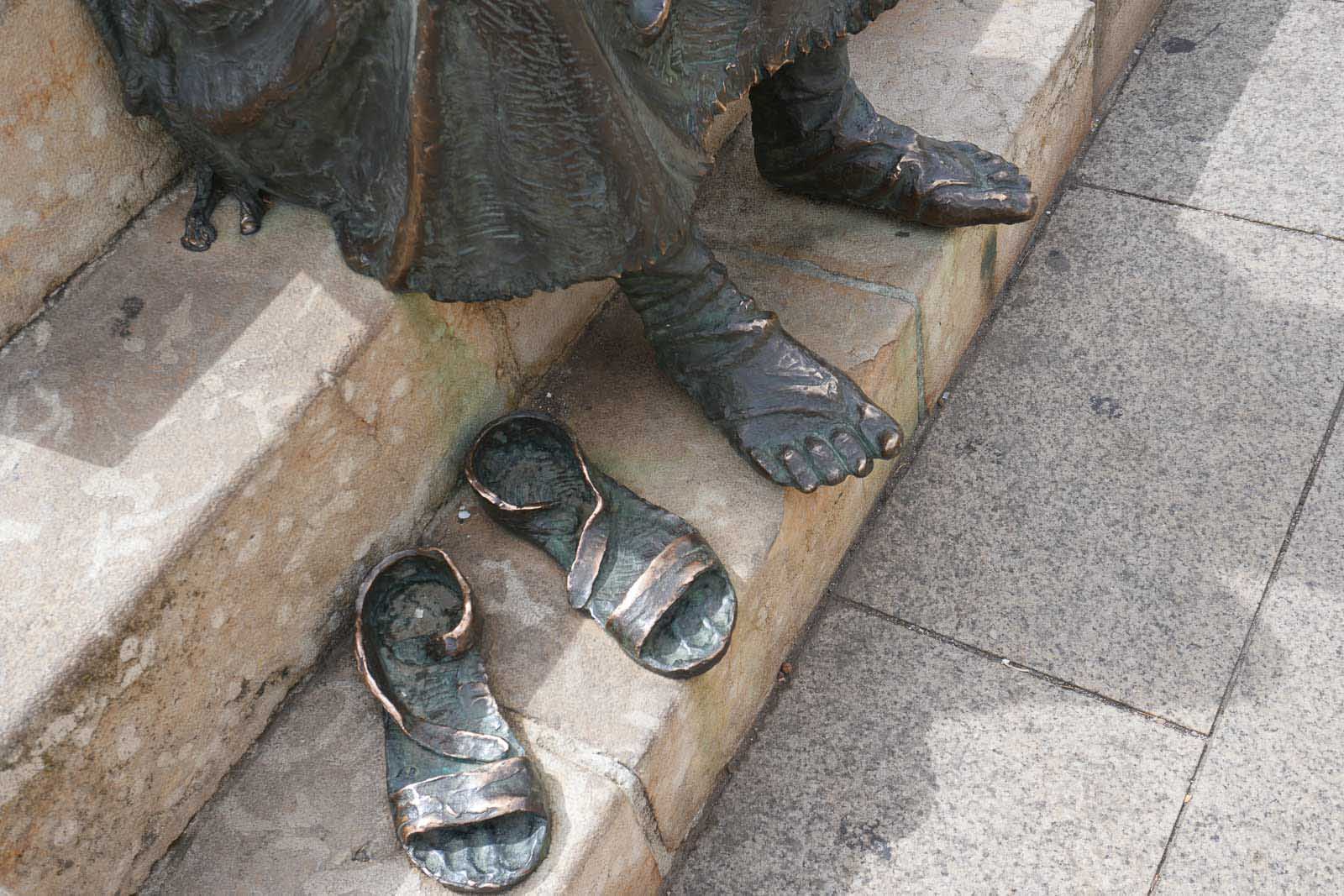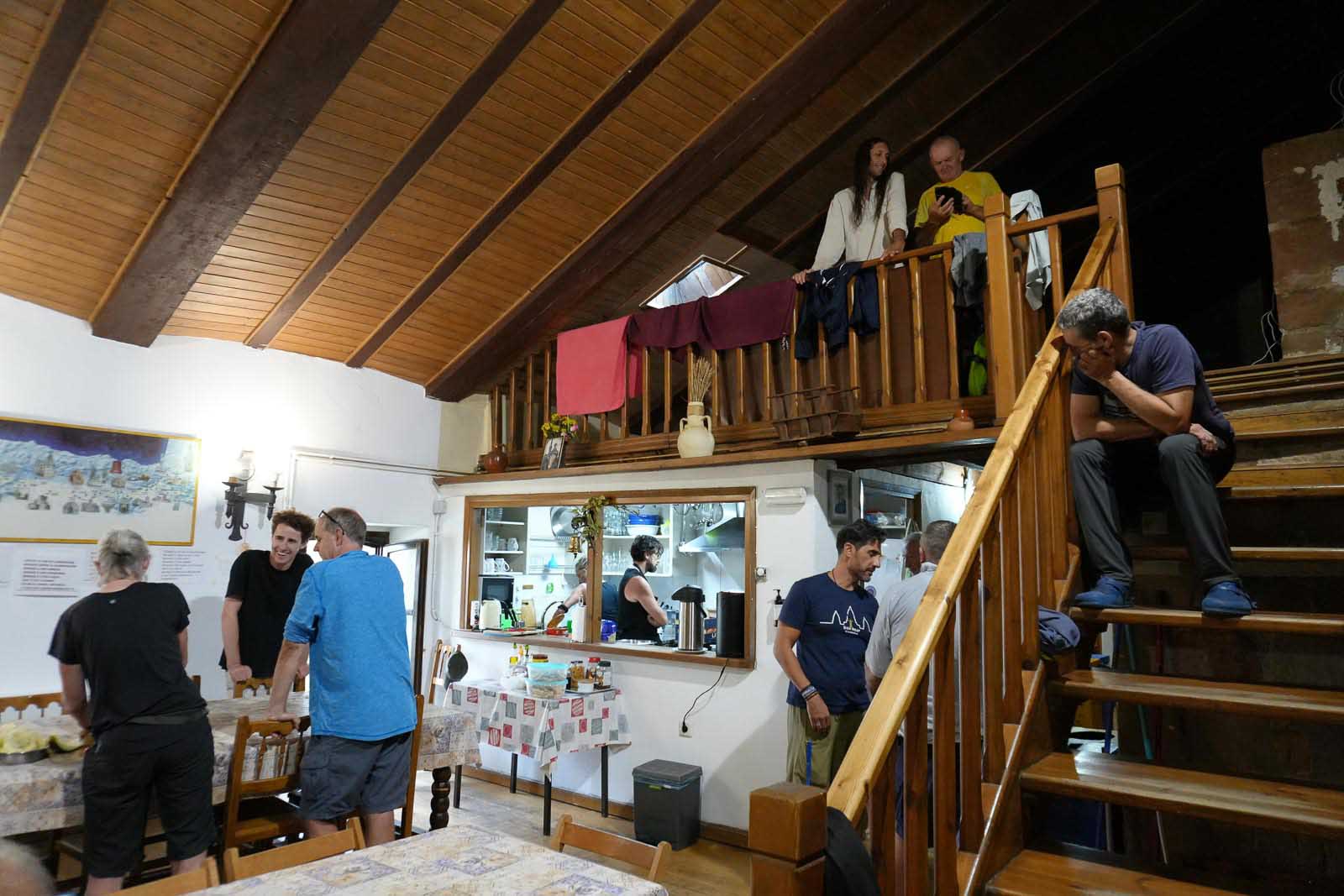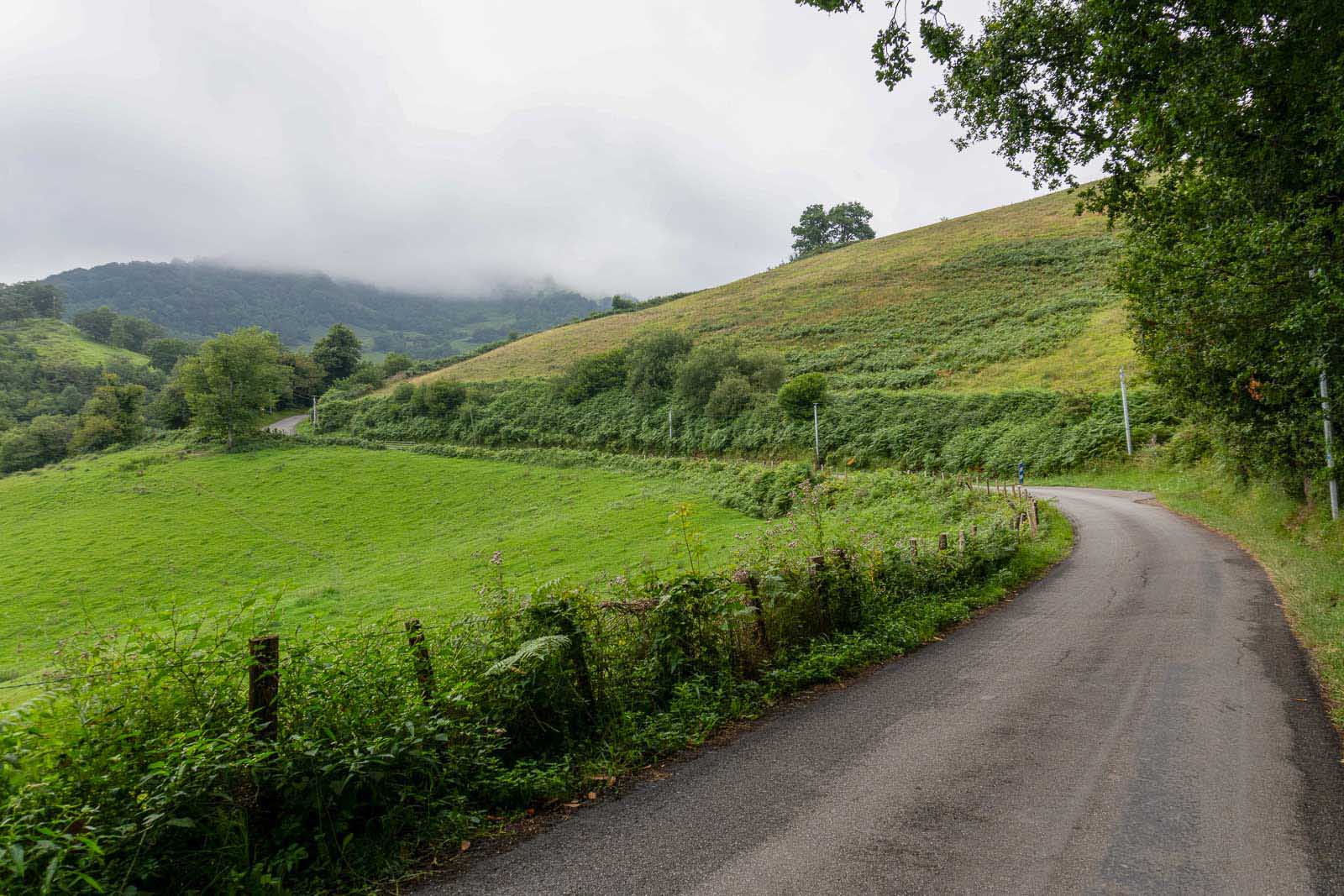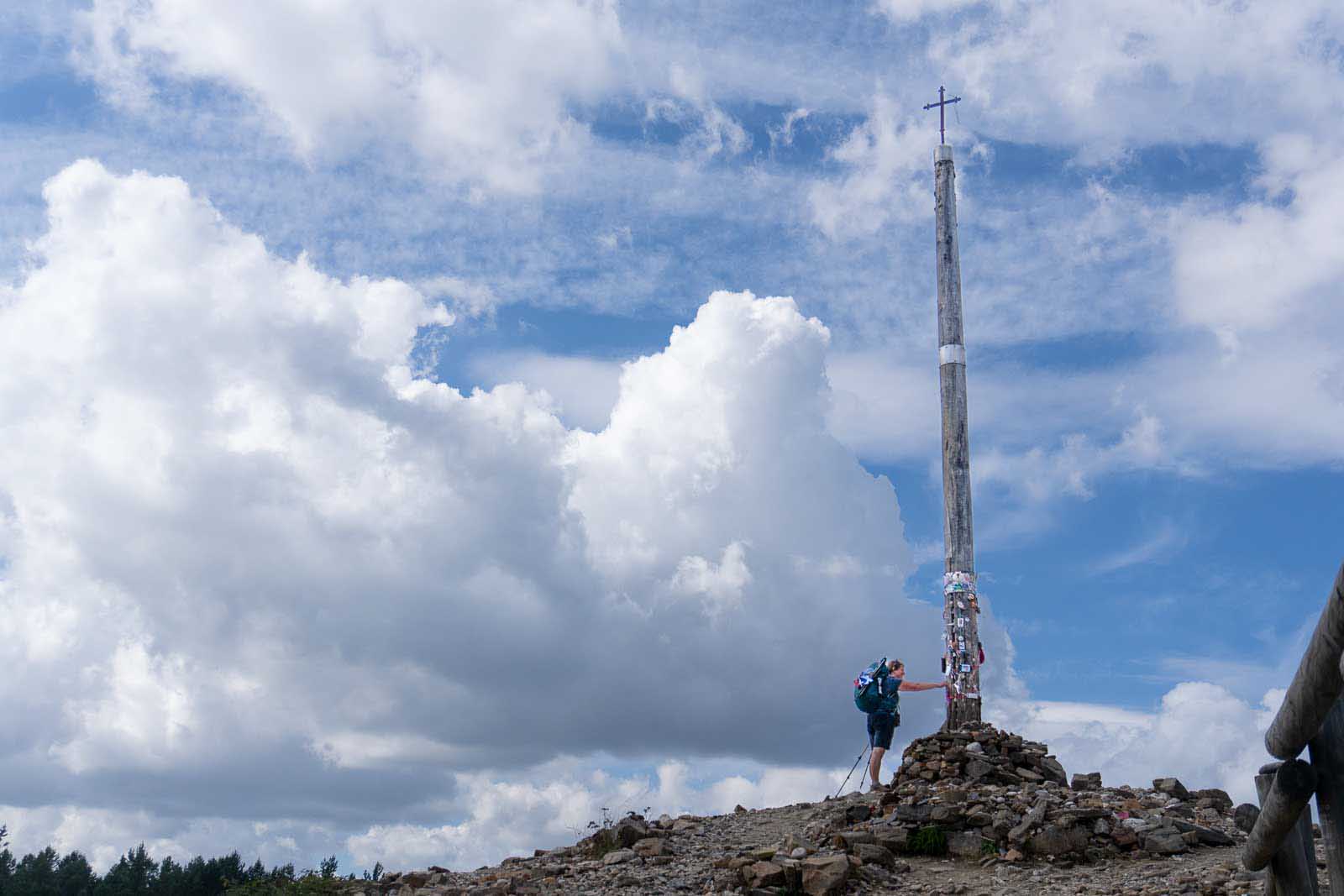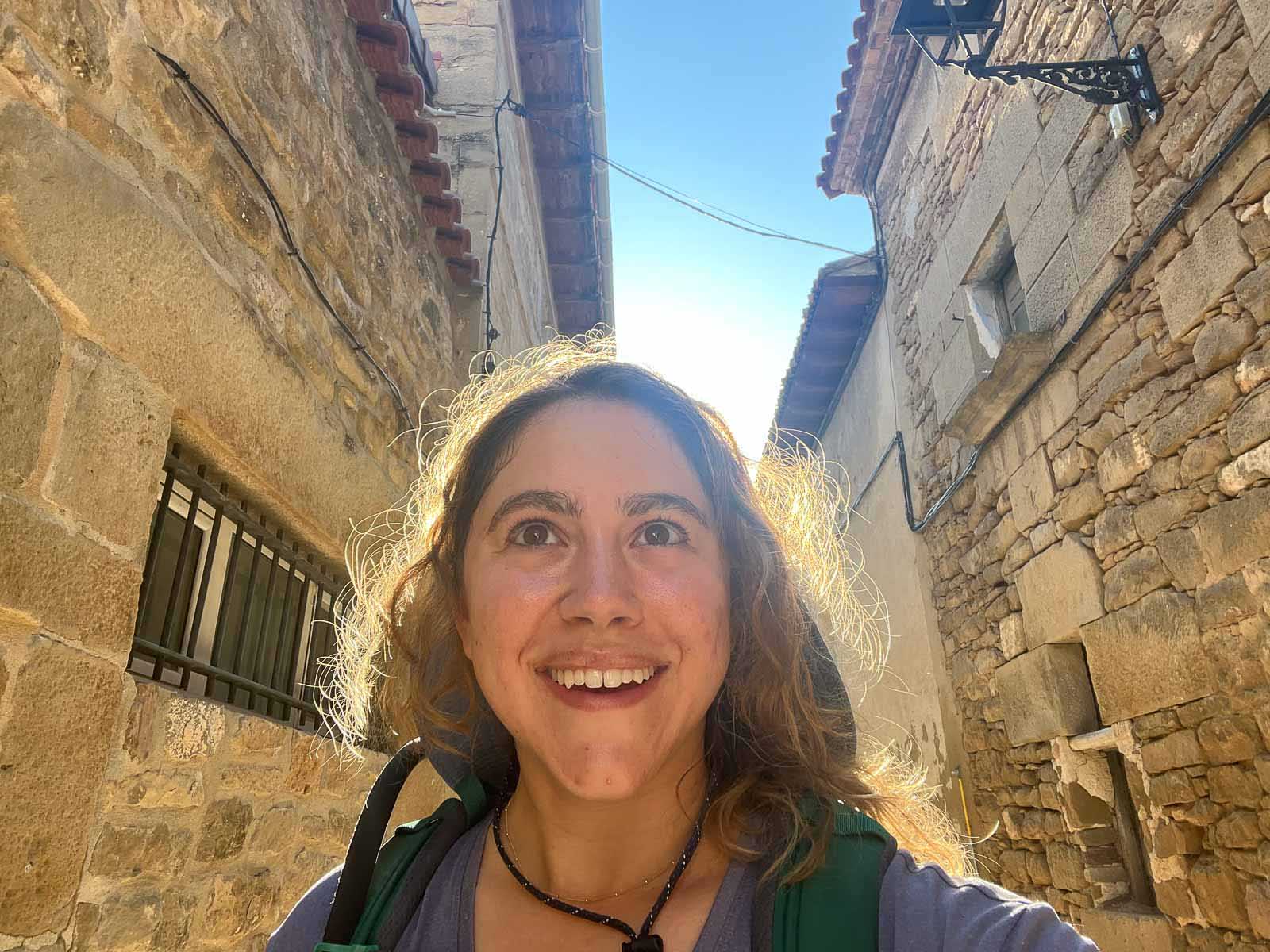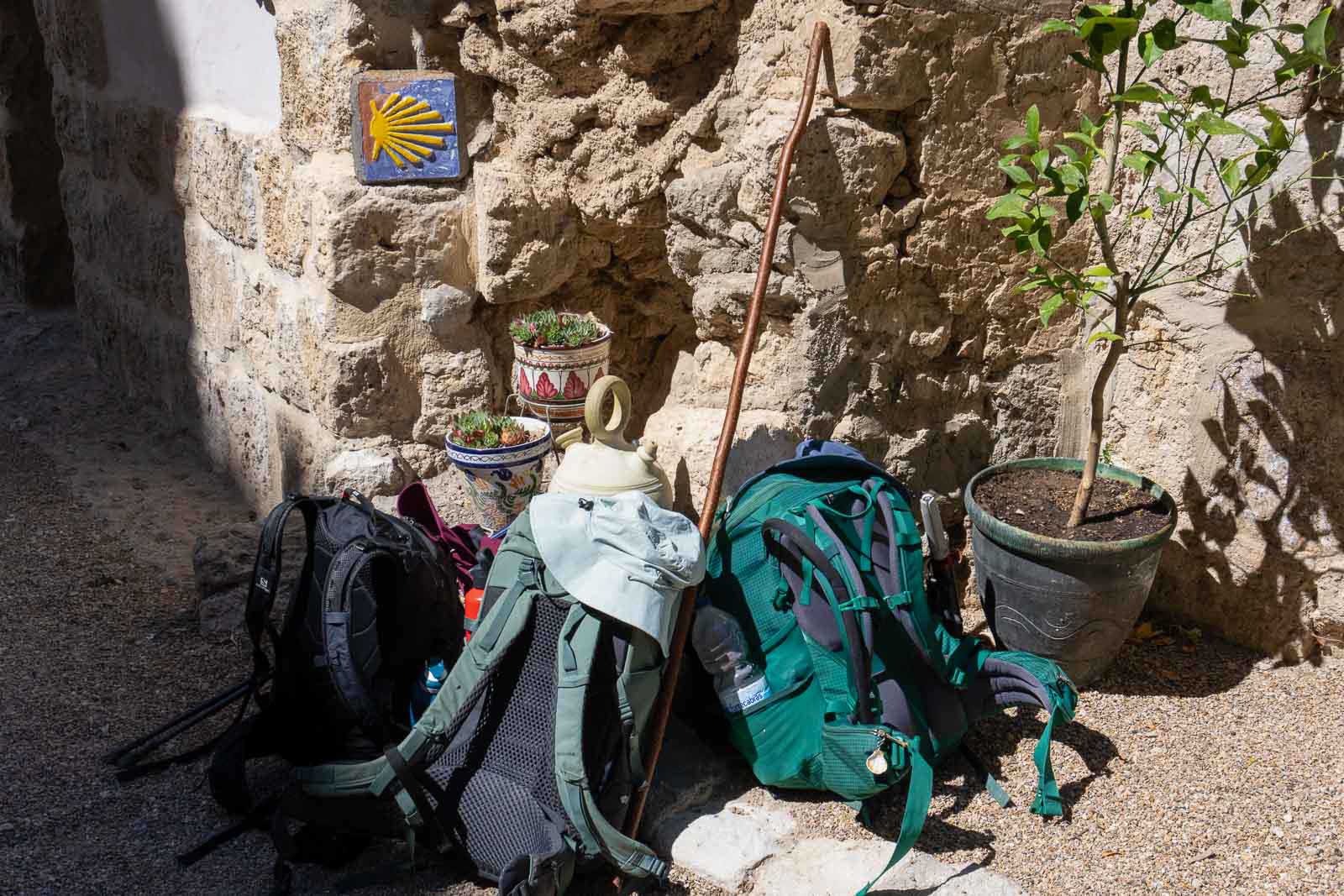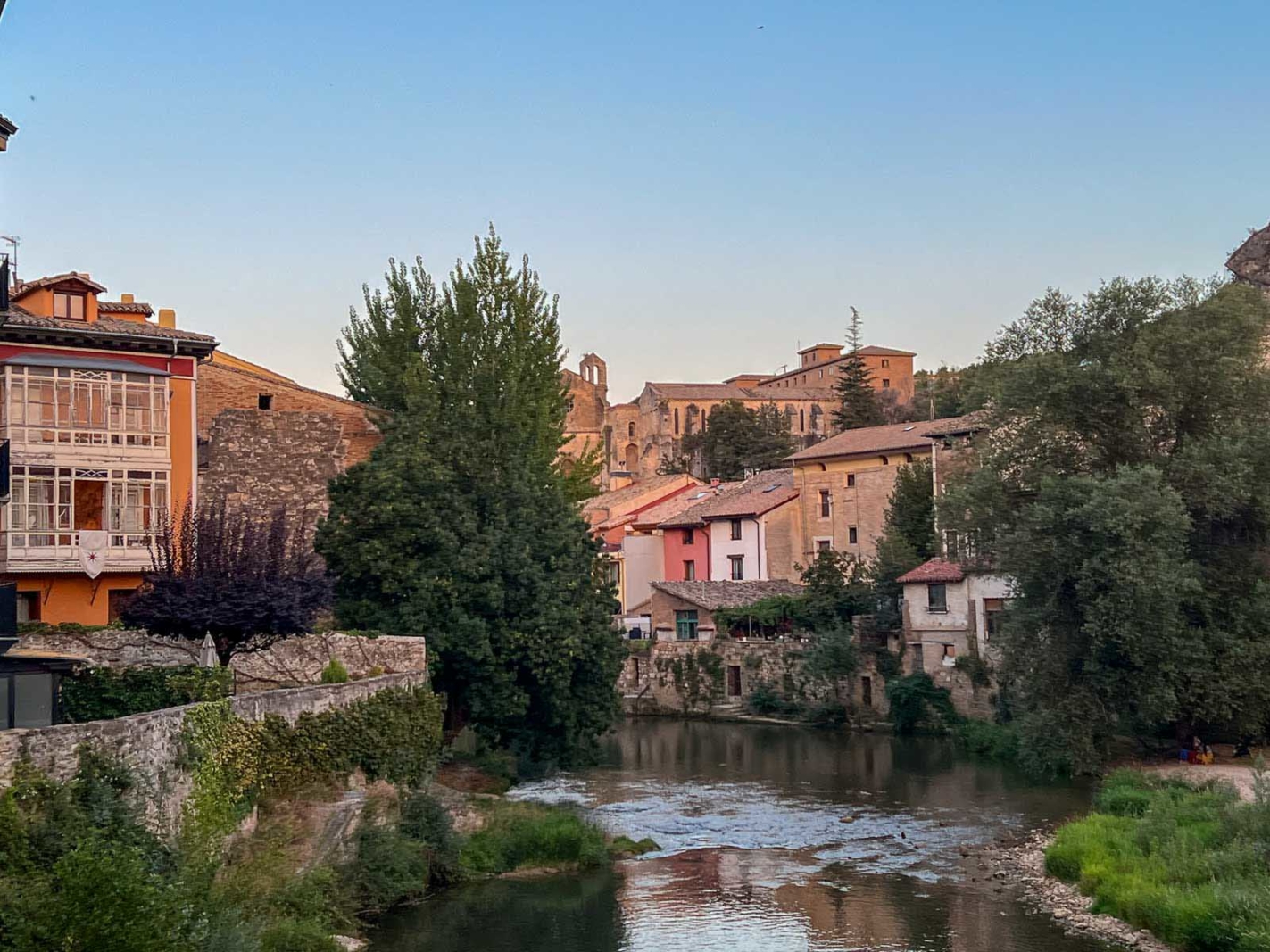In the six months since I boarded my flight home from Spain to the United States, my mind has swirled with reflections on my experience walking the Camino de Santiago. When I first arrived home, I wondered if the 500-mile, 33-day pilgrimage would prompt a major epiphany or spur a huge life change when I returned to my life in Los Angeles, California.
Would I lace up my shoes and go for a long walk every morning? Would I stay in touch with fellow pilgrims I met in France and Spain? Or would I return to my life and act like nothing had ever happened?
Since returning, I’ve answered those questions and gained further insight into the lessons the journey has meant for me and for many others who have walked the Camino de Santiago.
What is The Camino de Santiago?
Before we start, let’s talk a little about The Camino de Santiago. Also known as the Way of St. James, it is a network of pilgrimage routes leading to the shrine of the apostle Saint James the Great in the Cathedral of Santiago de Compostela in Galicia, Spain.
This historic pilgrimage, which dates back to the Middle Ages, attracts thousands of pilgrims from around the world each year. Traditionally undertaken for religious reasons, modern pilgrims also walk the Camino for spiritual growth, adventure, and cultural exploration. The routes vary in length and difficulty, with the most popular being the Camino Francés, which starts in St. Jean Pied de Port in France and spans approximately 500 miles (800 kilometers).
Jen Pellerito shares here lessons learned by walking this historic route, and now that we have read it, we are more determined to tackle this incredible pilgrimage in 2025! If you are planning your Camino de Santiago hike, read Jen’s post about Where to Stay on the Camino de Santiago
Time moves slower when you’re walking
When you walk the Camino, you can cover a distance of five to twenty miles per day, which takes anywhere from five to eight hours. It’s a stark contrast to routine life at home, where we can drive, fly, or train our way around.
When you walk, you travel at a slower pace. The result of literally moving slower contributed to a sense of having more time on my hands.
I felt like I could see the passage of time. I noticed the the sun fell at different times of day, how the weather patterns changed, and how the flowers bloomed as the days passed.
I learned that nothing ever stays the same. My daily routine continued to repeat itself, yet everything in the world continued to evolve, even through seemingly mundane moments.
You’ll never look at your feet the same way again
On the Camino, my feet took a beating. It wasn’t just blisters that became an issue — it was the impact of walking on hard surfaces, especially when going downhill. Read more tips to Staying Safe and Healthy on a Hiking Adventure
I saw my feet swell like they’d never swollen before. I saw my toes bleed from blisters that risked infection. And eventually, I saw my feet heal.
I spent hours worrying, talking, and, yes—complaining—about my feet. For the first time, I learned how to care for them.
I applied Vaseline on my toes and heels multiple times a day and learned about the best type of fabric to keep them cool and as dry as possible in high-heat conditions (it’s wool, by the way)!
I bandaged my feet, prayed for them, and thanked them when they eventually became stronger.
Your feet can take you many places, but only if you take care of them along the way.
Community and connection
Five days into walking, I was sitting in my Airbnb host’s sweltering kitchen, sweating bullets. My toes were filled with blisters, and my host was going to pop them for me. I was terrified. Check out How to Pack a Travel First Aid Kit
Admittedly, I’ve never dealt with blisters much in my lifetime. I knew nothing of how to care for them, treat them, or prevent infection. Especially in a situation where I wanted to keep on walking – with no time to rest.
My host, who had been a nurse in her home country, spoke no English and very little Spanish. She used a translation app on her phone to help us communicate in bite-sized phrases, one line at a time.
My head swam, queasy. Would this go terribly wrong?
Finally, after what felt like an hour going back and forth through her translation app, she popped my first blister. Then the next. It hurt a lot less than I imagined.
I’d just met her moments before, and she was caring for me in my most gruesome moment. It brought in a whole new level of vulnerability and humility.
Walking the Camino will show you that we’re all in this, together.
The Camino provides
It’s not just about foot care. Sharing meals, medicine, language, and, simply, the company of others creates a network of care. On the Camino, help isn’t just available; it’s given.
People are ready to look out for each other, proving that even when you’re walking alone, you’re never truly alone.
This spirit of camaraderie and support is what makes the Camino such a unique and special experience. Whether you’re a seasoned pilgrim or a first-timer, you’ll find that there’s always someone willing to lend a hand or share a kind word.
As you make your way along the trail, you’ll encounter people from all walks of life, each with their own story to tell. Some are seeking spiritual enlightenment, while others are simply looking for a new adventure.
But no matter what brings you to the Camino, everyone shares a common bond of kindness and compassion.
We all walk the same Camino
When I think back to my time on the Camino, I remember the days when I walked slower than many other pilgrims, even those decades older than me. But when I finally neared the last stretch toward Santiago, I found my stride, I became stronger, and I walked much faster than I had before.
Yes, some people still walked faster than me—or twice as far as I did in a single day—but finally, after weeks of walking, the first eight miles of the day became a breeze, when it had once been brutally impossible.
This experience taught me that life is not a race. We all progress at our own speed, and there’s no value in comparing our paths to those of others. The Camino, much like life, is a personal journey for each individual.
Learning to move in sync with others, rather than in competition, has brought me peace and helped me accept my current stage in life (my thirties) more gracefully. It has also allowed me to appreciate my own milestones without measuring them up against others’ successes.
The most important thing is, we’re all united by one common goal — to reach Santiago.
Achieving a goal takes time
I’ll admit it. I’m a perfectionist. When I fail, I fail hard. I become so defeated that I never want to try something again.
Walking the Camino showed me that goals are accomplished through a million milestones along the way.
One day at a time, I moved further toward my goal of reaching Santiago de Compostela. I didn’t quit when it got hard. I didn’t give up when it felt like I’d already failed.
Yes, I rested when I needed to. I took the bus on the days when I fell ill, and my feet couldn’t handle the pain any longer.
But that’s not quitting.
The journey hammered home the idea that perfection isn’t the goal. Progress is the goal.
Each step moved me forward. Big goals get accomplished through small wins.
Real strength isn’t about how far you can walk in one day. It’s about your persistence and adaptability, no matter the number of miles.
You learn to listen to your body
I took the bus when I really had to. I didn’t walk every single mile of the Camino Frances, and it disappointed me at the time. But now, I realize that knowing your body’s limits is a sign of strength.
Recognizing when to push and when to pause is a form of wisdom.
On the Camino, I learned how to tune into what my body was telling me. The occasional long stretch of silence while walking alone also helped me listen to my thoughts more carefully.
Balancing ambition with self-care is still a challenge for me. In everyday life, it’s easy to overlook our limits to meet our own or others’ expectations. On the Camino, I learned to value self-awareness and the courage it takes to honor my needs.
Grief happens whenever anyone leaves us
On the Camino, you might serendipitously end up walking with the same group of people. Pilgrims call this your “Camino family.” Some people walk the entire way with the same group, while others, for one reason or another, end up separating.
As I walked, I found myself weaving in and out of different groups, quickly clicking with folks I’d just met. But when the Camino broke into two sections, and my friends chose a different path, I had to say goodbye. Saying goodbye to these newfound friends was tough, like a mini heartbreak.
I wondered if our paths would ever cross again. To me, it felt not unlike the grief I’ve felt when someone close to me has passed away. These moments on the Camino were stark reminders of how swiftly connections can form and how painfully they can part, echoing the bittersweet reality of the many relationships we have throughout our lives.
But more importantly, the separation served as a reminder to live in the present. I grew to appreciate the company of those I was with, in the moment. Grief is a natural part of the human experience.
I learned to cherish moments of connection, even if they were fleeting, and make peace with the inevitability of change and loss.
Embracing the Journey Ahead
Thinking back on my month walking the Camino de Santiago, the reasons for my journey have become much clearer.
It’s like looking over your shoulder when you’re hiking. When you’re walking, you’re immersed in the mountains, and you only see rocks and dirt. Miles later, the full view of those mountains becomes clear.
At the time, I couldn’t grasp the full impact it would have on me. Now, looking back, I can appreciate the significance of the lessons learned.
Distance helps you understand the immensity of what you’ve gone through.
And so, the walk continues, one step at a time.

